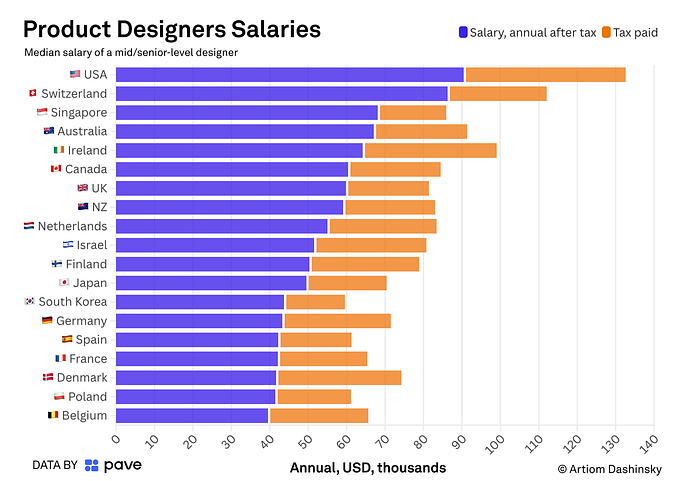Critical thinking questions to boost your creativity
Ways to ask the right questions during ideation.
Questioning is a massive part of design thinking. In UX Design, questioning can frame a problem while also revealing our own assumptions and biases about that problem. Designers should know the importance of asking the right questions during user research, interviews, and testing. However, questions can also help us unleash our imaginations and think more creatively. They can guide our approach to a problem — or blow it up, giving us a unique perspective, which can be invaluable during ideation.
Teachers also use questioning for many reasons: engaging students, checking for understanding, and igniting imagination and problem-solving. When faced with the right questions, learners can generate non-standard — even strange — solutions. But solutions nonetheless. As designers, we can use questioning to think more creatively about our problems, and more importantly, the solutions.
Questions encourage critical thinking
Let me take you back to my 6th-grade classroom really quickly (this reveals a lot about design thinking, don’t worry.) My students were all fairly new to the country, and we were getting ready to read a historical fiction novel that took place in the Western US during the time of the Great Depression. The novel references the Dust Bowl and how it affected the family of migrant farmers in the story. Before reading, I wanted to build context to get students thinking about the unique problems of the era. As part of our pre-reading, I showed students several pictures, without any introduction, and completed a questioning activity.
One photo I showed was the famous portrait of a migrant mother and her children at a campsite in California in the 1930s. The students were given question stems to create questions about the photograph that would initiate group discussion. The question stems were not who what where when why, but rather, ones I hoped would ignite more critical thinking by the students.
Question stems I gave:
“What might be different if…”
“How is this photo similar to…”
“How could…”
Some of the questions I got were:
“What might be different if her family had food?”
“How is this photo similar to my mother?”
“How could she help her family?”
We were left with some really great questions for discussion, but the questions themselves revealed a great deal. Students made assumptions about the photo in order to ask the questions. They assumed that the woman doesn’t have food, or that her family needs help. They are also connecting personally with the photo by seeing similarities between this woman and their own mother.
I used this technique a lot in order to get students to think critically about an issue they may not know yet. By starting off with questions, students are already thinking about the problem. They are approaching it creatively but also using their own assumptions to fill in the blanks. This was helpful to me because we could address the assumptions and work to correct misconceptions.
According to Teach Thought, thinking critically means
“there is no conclusion; it is constant interaction with changing circumstances and new knowledge that allows for broader vision which allows for new evidence which starts the process over again. Critical thinking has at its core raw emotion and tone. Intent.”
Think critically about design
This is how we should be approaching design. I have found success using questions that encourage me to ‘struggle wonderfully’ with a design challenge. When feeling stuck while ideating, try forming a few questions around your problem, your designs, or industry standards.
Good question stems to use during the iterative process:
- What would happen if…
- If ___ were possible, how would you do it?
- How is this similar to/different from…?
- How would this be interpreted if…?
- What can you substitute for that?
- How could I test this?
- How could __ and __function together?
- What are the advantages/disadvantages of ___?
- What patterns am I seeing?
- Describe___ from the perspective of…
Try these questions while ideating, and share others that have helped you get through a creative block.
Thanks for reading!








